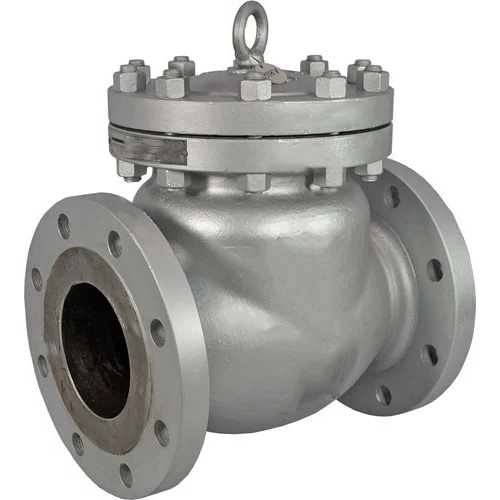Navigating the World of Cast Iron: Types, Mechanical Properties, Machining, and the Future
Release time:
2024-01-22
Introduction:
In the realm of metallurgy, cast iron stands out as a stalwart material, boasting a rich history and an array of types designed to meet diverse industrial demands. As we delve into the intricacies of cast iron, this article aims to provide insights into its types, mechanical properties, machining and finishing processes, and a glimpse into its future applications.
Understanding Cast Iron and Its Types:
Cast iron is a robust alloy comprising iron and carbon, with a carbon content exceeding 2%. Its versatility is reflected in various types, each tailored for specific applications.
1. Gray Iron:
- Widely prevalent, gray iron exhibits a gray color when fractured.
- Prominent for its excellent castability and machinability.
- Utilized in engine blocks, pipes, and machinery.

2. White Iron:
- Features cementite instead of graphite, resulting in hardness and brittleness.
- Ideal for wear-resistant applications like mill liners.
3. Ductile Iron (Nodular Iron):
- Contains graphite nodules, offering improved ductility and toughness.
- Widely used in pipes, automotive components, and applications requiring high stress.
4. Malleable Iron:
- A heat-treated variation showcasing properties of both cast iron and steel.
- Applied in small castings necessitating toughness.
5. Compacted Graphite Iron (CGI):
- Balances properties between gray and ductile iron.
- Renowned for enhanced strength, stiffness, and thermal conductivity.
- Found in engine blocks and high-stress components.
6. Alloyed Cast Iron:
- Enriched with alloying elements such as nickel or chromium.
- Tailored for specific applications like pumps and valves, offering enhanced corrosion resistance.
Mechanical Properties of Cast Iron:
Understanding the mechanical properties of cast iron is vital for selecting the right type for a given application.
- Strength: Varies across types, with gray iron being known for its strength and white iron for hardness.
- Ductility: Ductile iron stands out with improved ductility due to its nodular graphite structure.
- Hardness: White iron leads in hardness, making it suitable for wear-resistant roles.
- Machinability: Gray iron's graphite flakes offer excellent machinability.

Machining and Finishing Processes:
Machining cast iron requires precision and expertise to harness its potential fully.
- Cutting Tools: Due to its abrasive nature, specialized cutting tools are essential.
- Coolant Usage: Effective cooling is crucial to prevent overheating during machining.
- Finishing Techniques: Grinding and polishing contribute to achieving the desired surface finish.
Cast Iron and the Future:
As industries evolve, so does the role of cast iron. Its adaptability and diverse types position it as a valuable material in emerging technologies.
- Innovation in Alloying: Ongoing research explores new alloys, enhancing cast iron's properties.
- Sustainable Practices: Efforts to improve casting processes for reduced environmental impact.
- Integration in Advanced Technologies: Cast iron's durability makes it integral in evolving sectors like renewable energy and transportation.
Conclusion:
In conclusion, the world of cast iron is dynamic and multifaceted, offering a spectrum of types with distinct applications. Understanding its mechanical properties, machining intricacies, and future prospects empowers industries to leverage cast iron's enduring legacy in the ever-evolving landscape of materials science. As technology advances, so too will cast iron continue to play a vital role in shaping the future of industrial innovation.
If you are looking for a reliable, sustainable supplier of cast iron, you are warmly welcome to contact us!
Key words:
Recommended News







